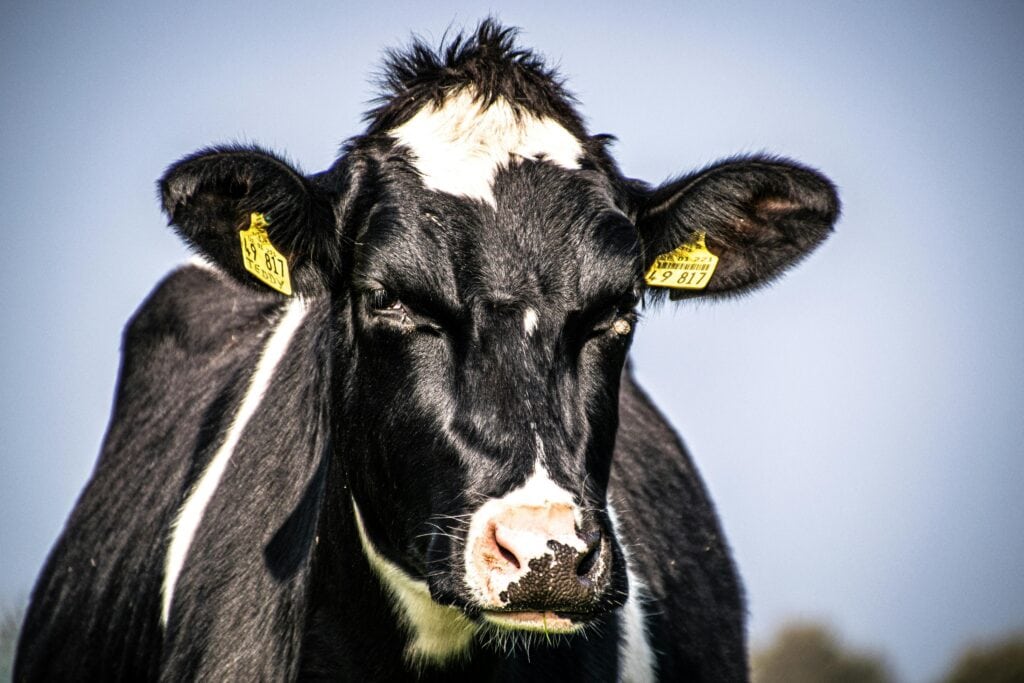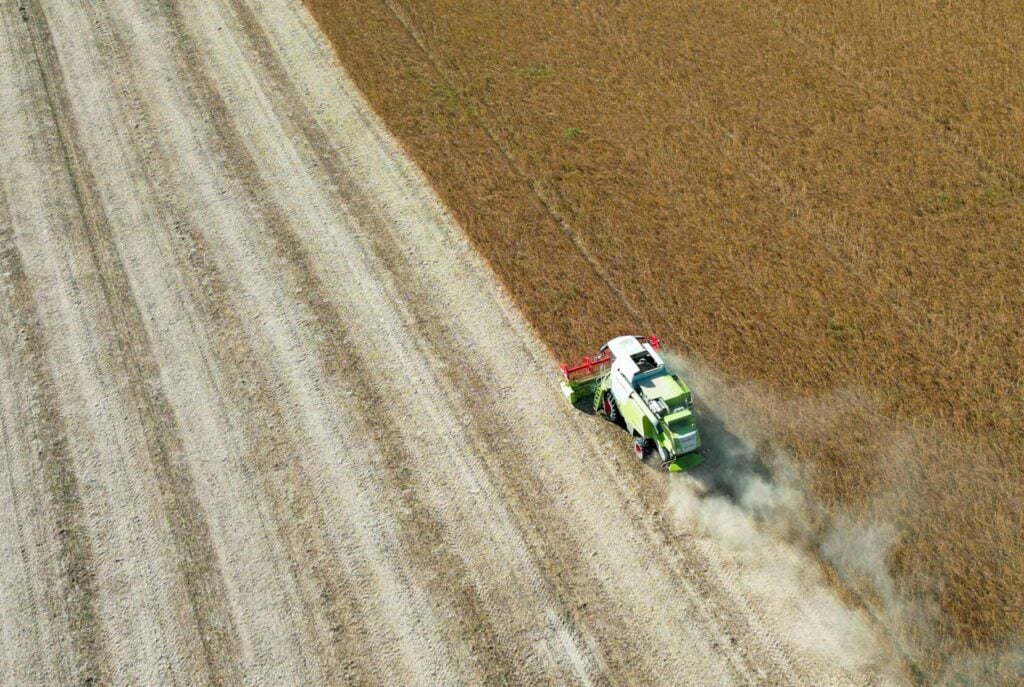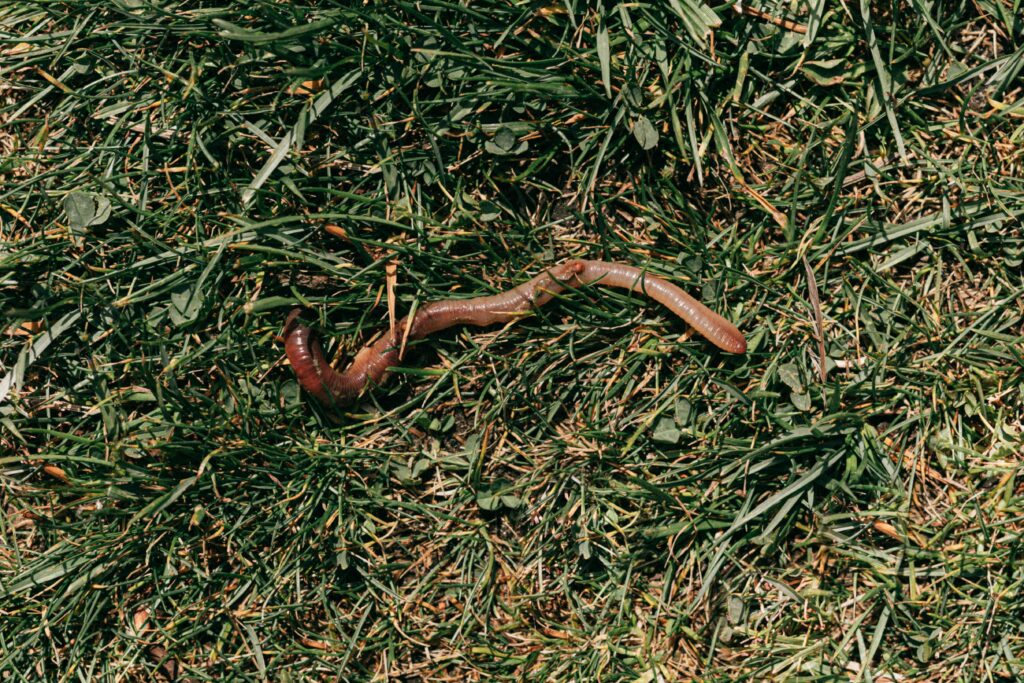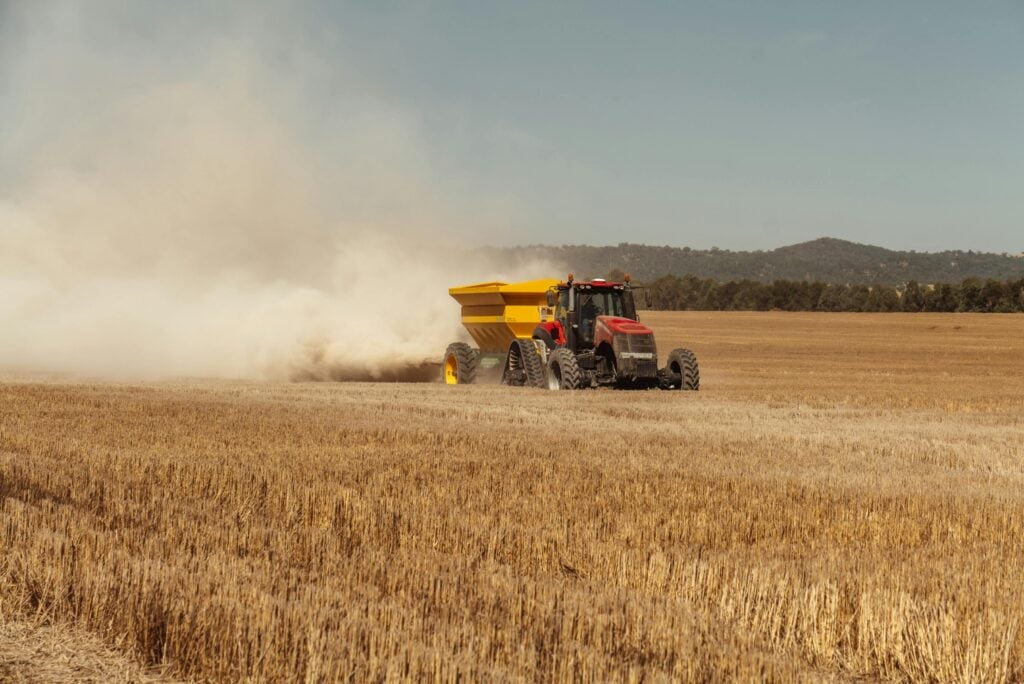The dairy industry in New Zealand is an essential part of the economy, contributing significantly to the nation’s GDP. However, the environmental impact of dairy farming, particularly the use of nitrogen-based fertilisers like urea, has been a growing concern. Profile Fertilisers is at the forefront of addressing these issues, focusing on the leaching of nitrates into the groundwater, largely due to urine patches left by grazing cows.
Urine patches are a significant source of nitrogen leaching in pasture-based dairy systems. When cows urinate, they deposit a concentrated amount of nitrogen in small areas, resulting in patches where the nitrogen levels can reach up to 1,000 kg/ha. This is far more than the plants can utilise, leading to excess nitrogen that is susceptible to leaching, especially during heavy rainfall.
Studies have shown that nitrogen leaching from urine patches can account for up to 70% of the total nitrate leaching on dairy farms. The extent of leaching is influenced by several factors, including soil type, rainfall, and management practices. For instance, free-draining soils and high rainfall areas are particularly vulnerable to nitrate leaching. Research indicates that the average dairy cow can produce around 250-300 litres of urine per day, contributing significantly to the nitrogen load on pastures.
The leaching of nitrates into surface water bodies can contribute to eutrophication, a process that depletes oxygen in the water and harms aquatic life. It is estimated that nitrate leaching from agricultural sources contributes to 60-80% of the total nitrogen entering water bodies in New Zealand.
Profile Fertilisers, based in Pahiatua, is committed to addressing these challenges by promoting sustainable fertiliser practices. Using slow-release nitrogen fertilisers and implementing precision application techniques can significantly reduce the amount of nitrogen lost to leaching. Additionally, integrating advanced soil testing and monitoring helps optimise nitrogen use, ensuring that it meets the plants’ needs without excess. Slow-release fertilisers have been shown to reduce nitrogen losses by up to 50% compared to conventional urea.
Farmers can also adopt practices such as planting catch crops, which absorb residual nitrogen, and improving irrigation efficiency to reduce nitrate leaching. Implementing strategic grazing management and using nitrification inhibitors can further mitigate nitrogen leaching. By combining these strategies, the dairy industry can move towards more sustainable practices that protect our valuable water resources while maintaining productivity.
Through continuous research and innovation, Profile Fertilisers aims to support the dairy industry in reducing its environmental footprint, ensuring a balanced approach to productivity and sustainability. With the right strategies, the dairy industry can continue to thrive while preserving New Zealand’s pristine environment for future generations.




